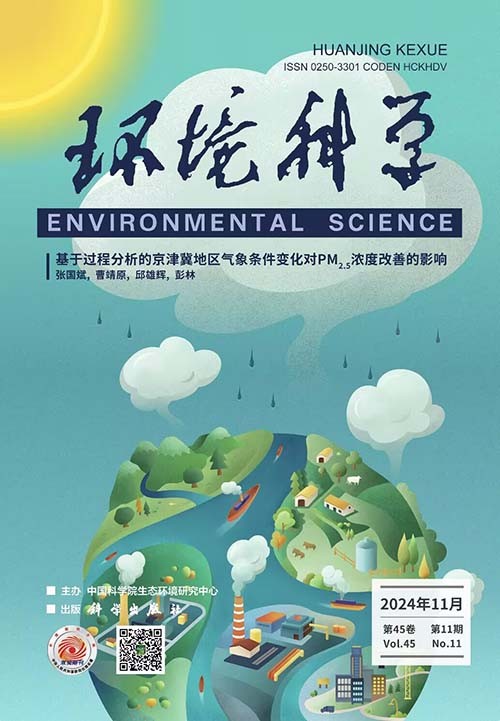[Evaluation and Source Analysis of Soil Heavy Metal Pollution Around Typical Industrial Parks in Upper Reaches of Yellow River].
Abstract
In order to explore the status and sources of soil heavy metal pollution around typical industrial parks in the upper reaches of the Yellow River, 377 surface soil samples were systematically collected from an important industrial park in Zhongwei area, Ningxia Hui Autonomous Region, and the content characteristics of the eight heavy metal elements As, Hg, Cr, Ni, Pb, Cd, Co, and Mn in the soil were analyzed. Single-factor pollution index, ground accumulation index, Nemerow index, pollution load index, and potential ecological risk index were used to comprehensively evaluate the soil heavy metal pollution level and potential ecological risk in the study area. Multivariate statistical analysis and the absolute principal component multiple linear regression (APCS-MLR) model were employed to quantitatively identify the sources of heavy metals in the soil. The results showed that the content of heavy metals in soil decreased from southwest to northeast. The average contents of Hg, Cr, Pb, Cd, and Mn were higher than the background values of soil from Ningxia Hui Autonomous Region. The spatial distribution of Hg and Cd was different, and they were significantly affected by human activities. The soil was slightly polluted and presented a medium ecological risk level in the study area. The content of Hg and Cd in the soil was relatively high, which were the main elements causing soil pollution. The results of APCS-MLR modelling showed that the dominant sources of heavy metals were natural sources (50.6%), industrial sources and fossil fuel combustion combined sources (27.9%), and agricultural sources (21.5%). The findings can provide important basis for soil pollution control and land use optimization in the region and serve the national strategy of ecological protection and high-quality development in the Yellow River Basin.

 求助内容:
求助内容: 应助结果提醒方式:
应助结果提醒方式:


